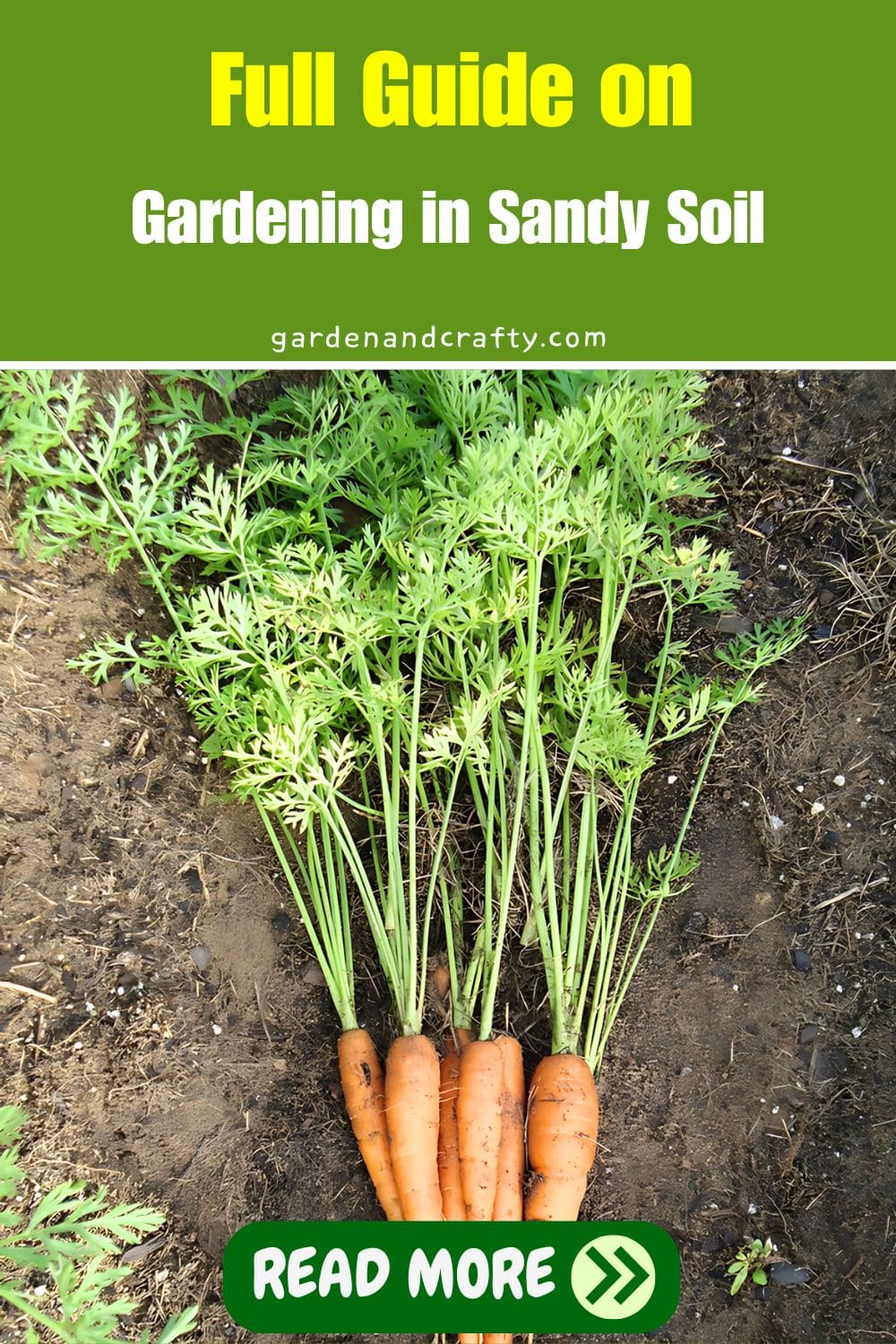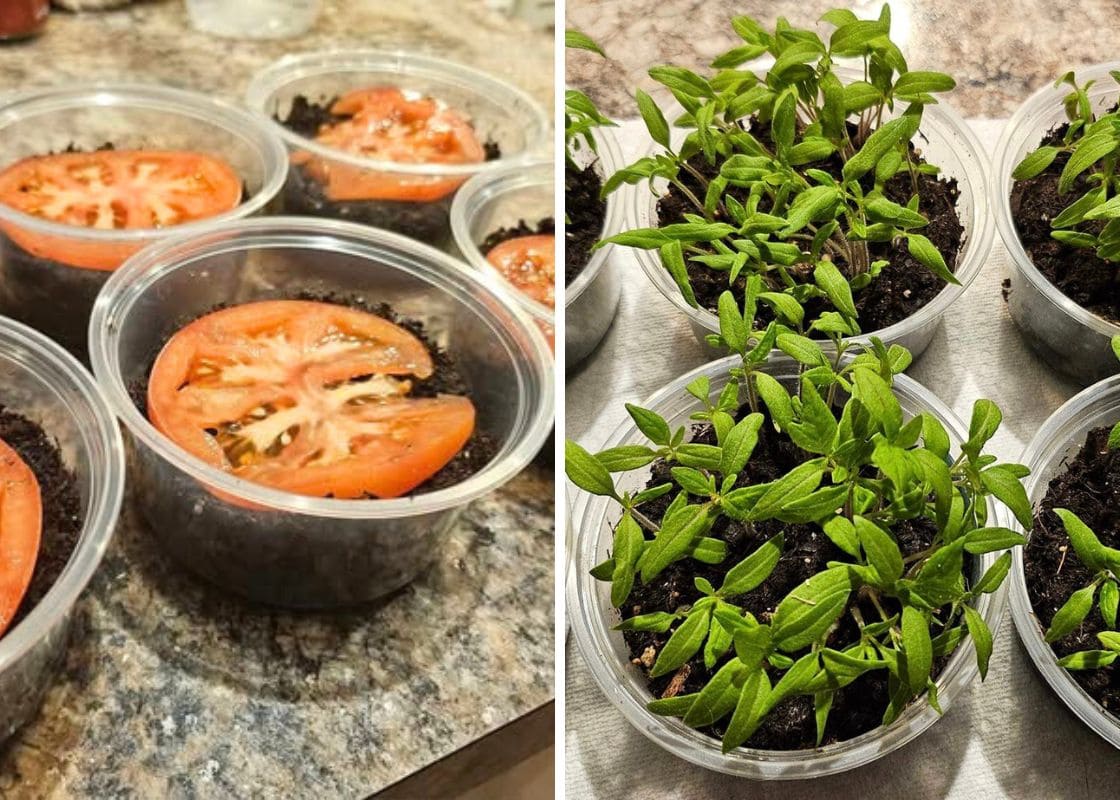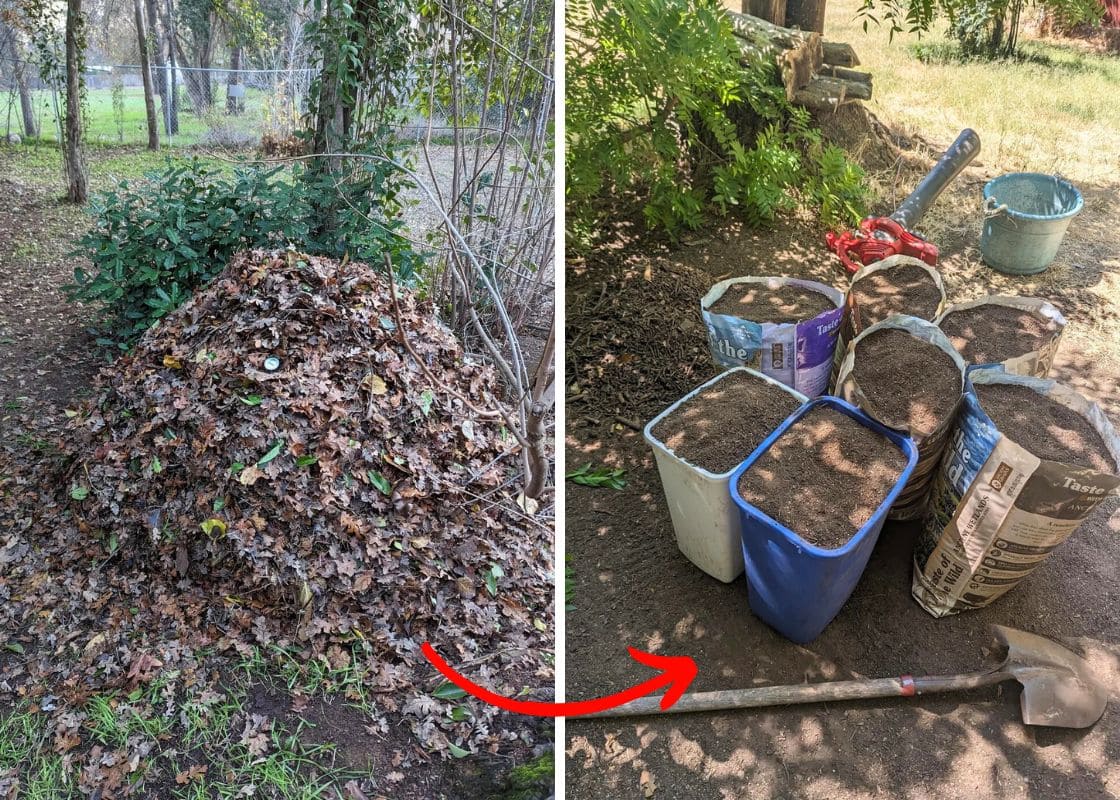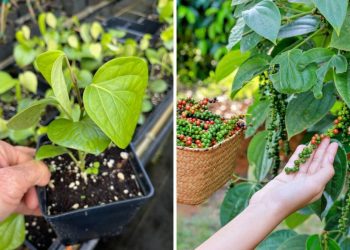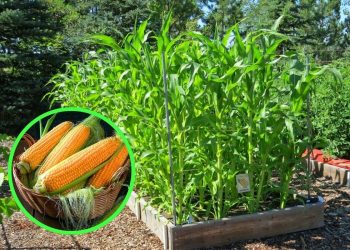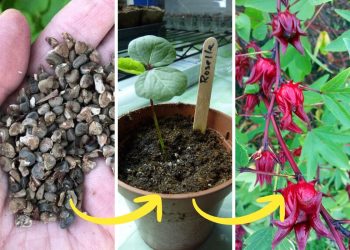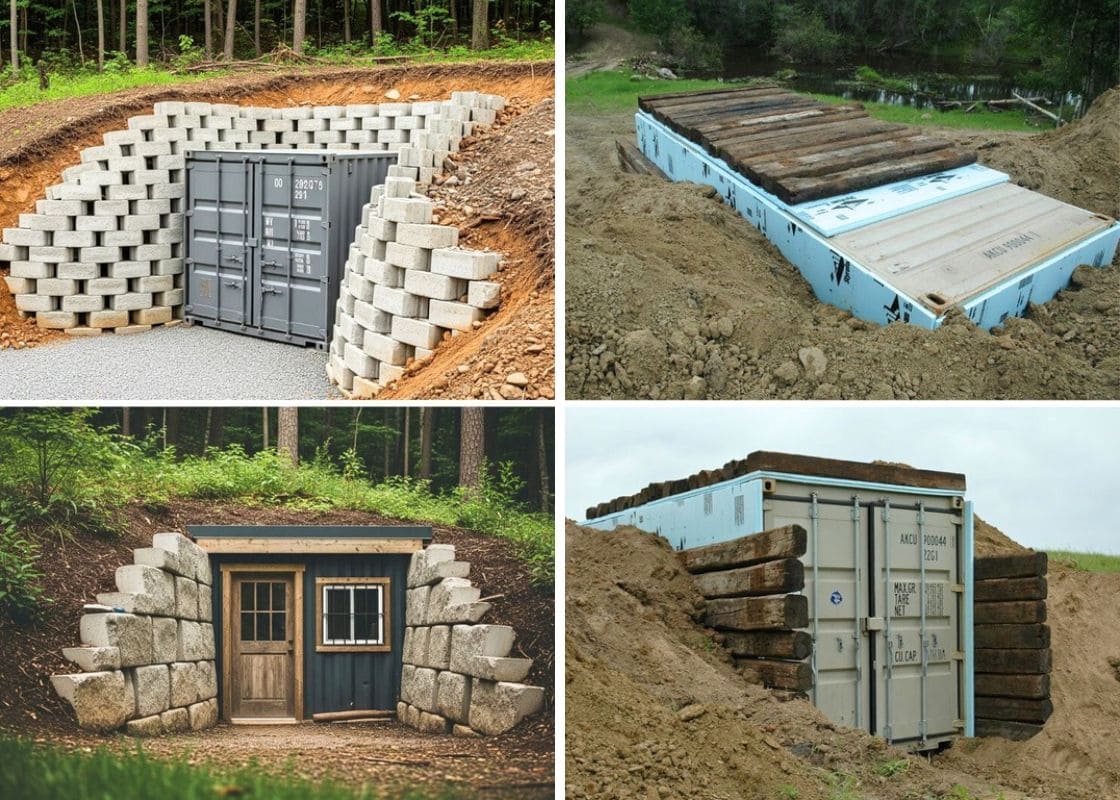IN THIS ARTICLE:
ToggleGardening in sandy soil can feel like building a castle with dry sand.
However, understanding and improving sandy soil can enhance its texture and nutrient content. Then, you can turn a seemingly barren garden into a thriving oasis.
If you have tried many ways to improve your sandy soil and have not succeeded, explore the following tips. By following in the right way, you’ll transform your garden into a dream oasis.
About Sandy Soil
Sandy soil includes fine particles from weathered rocks. It is one of the least fertile soil types for plant growth due to its low nutrient content and limited water retention capabilities.
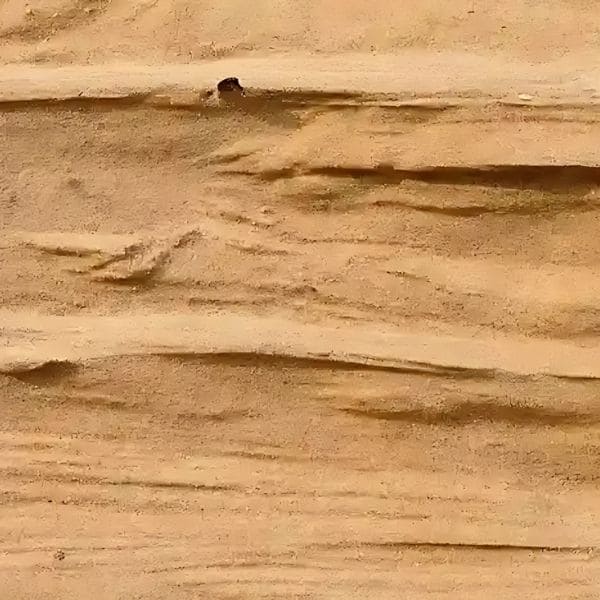
How can you tell if you have sandy soil?
Checking soil types is easy. You can send a soil sample to a laboratory for precise analysis.
For home tests, wet the soil and squeeze it; if it falls apart easily, it indicates sandy soil.
Another method is the jar test. Put soil and water in a jar. If the water clears with a thick layer of soil at the bottom, it indicates sandy soil.
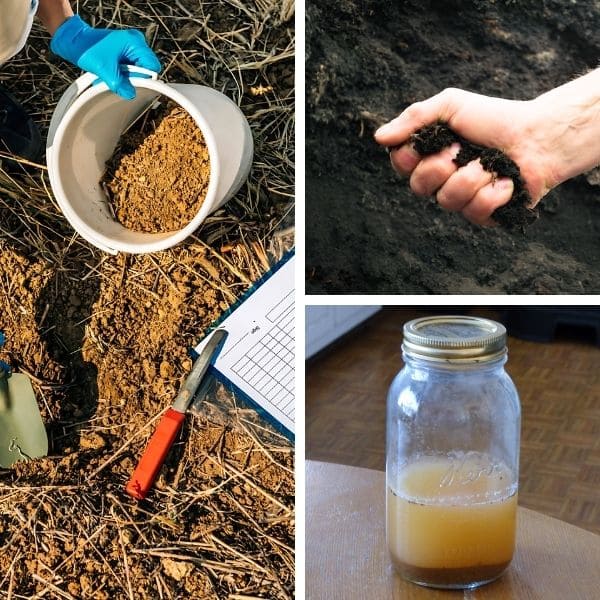
Features of Sandy Soil
Benefits of Sandy Soil
- Excellent Drainage: Sandy soil drains well, preventing root rot and maintaining moisture.
- Ideal for Root Vegetables: Root vegetables thrive in sandy soil as they can easily penetrate its light texture.
- Suitable for Herbs: Thyme and rosemary prefer sandy soil due to its dry conditions and lower nutrient content.
- Quick Warming in Spring: Sandy soil warms up faster in spring, allowing for earlier planting.
- Resistant to Compaction: Sandy soil is convenient for walking, mowing, and digging without losing its structure.
Drawbacks of Sandy Soil
- Low pH: Sandy soil tends to become acidic.
- Poor Moisture Retention: Sandy soil dries out rapidly, causing tender plants to wilt.
- Nutrient Deficiency: Sandy soil lacks essential nutrients necessary for plant growth.
- Heat Retention: Sandy soil can become hot, stressing plant roots.
- Lack of Microorganisms: Sand lacks earthworms and beneficial microorganisms.
- Erosion Risk: Dry sand is prone to erosion, easily blowing or washing away.
How to Improve Sandy Soil
Add Organic Matter
Adding organic matter to sandy soil is both highly effective and beneficial.
You can create DIY compost from well-rotted manure and leaf mold to enhance moisture and nutrient retention.
During the planting season, incorporating compost provides a steady nutrient supply.
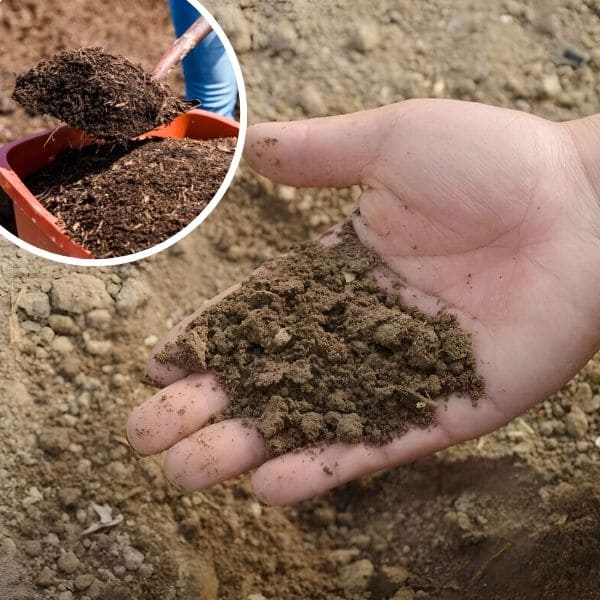
Use Mulch
Mulching is useful for sandy soil to maintain moisture and stabilize temperature.
Apply a 2-3 inch layer of organic mulch like straw, wood chips, or bark around your plants to reduce moisture evaporation and weed growth.
Over time, the mulch decomposes, enriching the soil with valuable organic matter.
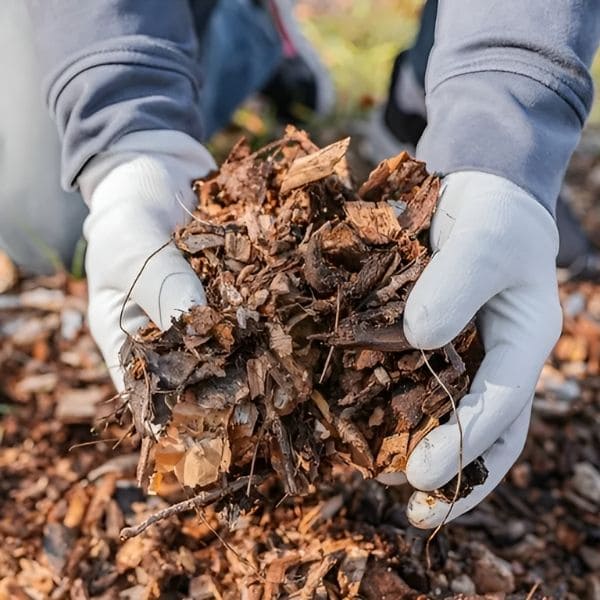
Use Slow-Release Fertilizers
Using slow-release fertilizers effectively nourishes plants in sandy soil by gradually releasing nutrients, retained in the soil for extended periods.
Unlike traditional fertilizers that quickly leach away, these fertilizers provide nutrients, promoting healthier plant growth and reducing the need for frequent fertilization.
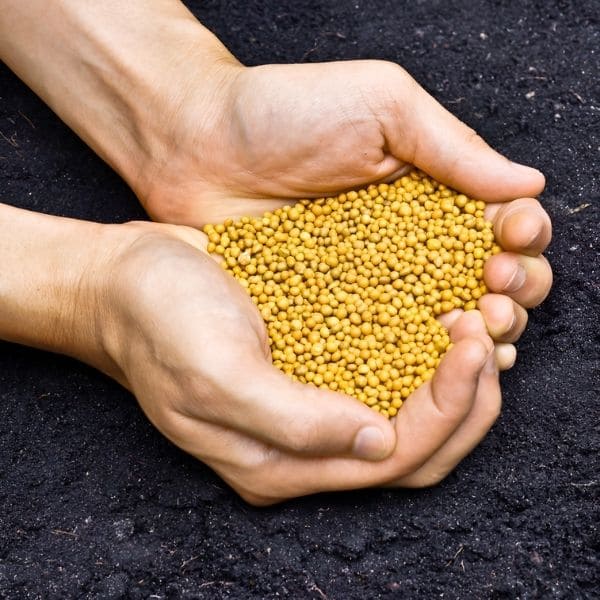
Grow Cover Crops
Growing cover crops is beneficial for sandy soil. Cover crops like clover, vetch, and rye can be planted during the off-season to prevent soil erosion and enhance soil fertility.
Sow cover crop seeds in the fall and turn them into the soil in spring before they set seed. This process adds nutrients to the soil and helps maintain its structure.
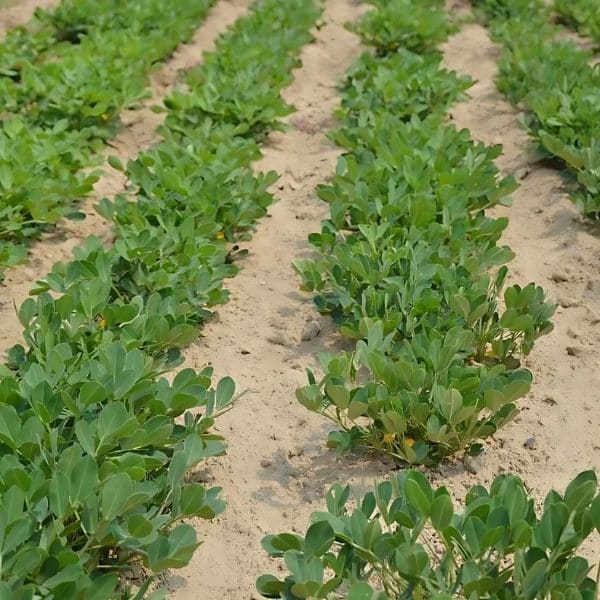
Water Slowly
Water sandy soil slowly. Allow water to penetrate deeply by watering gradually and less frequently. This method encourages deeper root growth, enhancing plant resilience and overall health.
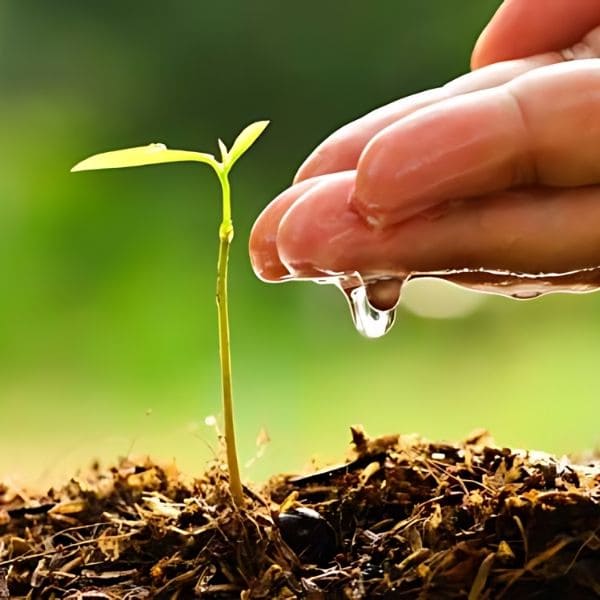
Plants That Thrive in Sandy Soil Well
- Vegetables: Carrots, radishes, and potatoes flourish in sandy soil.
- Herbs: Lavender, rosemary, and thyme thrive beautifully in these conditions.
- Flowers: Cosmos, gazanias, and sedum are perfect for sandy soil, adding vibrant colors to your garden.

By enriching the soil with organic matter, managing water use wisely, and choosing suitable plants, you can create a vibrant and productive garden.
Remember, each small step you take to improve the soil brings you closer to reaping the rewards of lush, healthy plant growth. Let’s get our hands dirty and transform that sandy base into a thriving garden bed!
